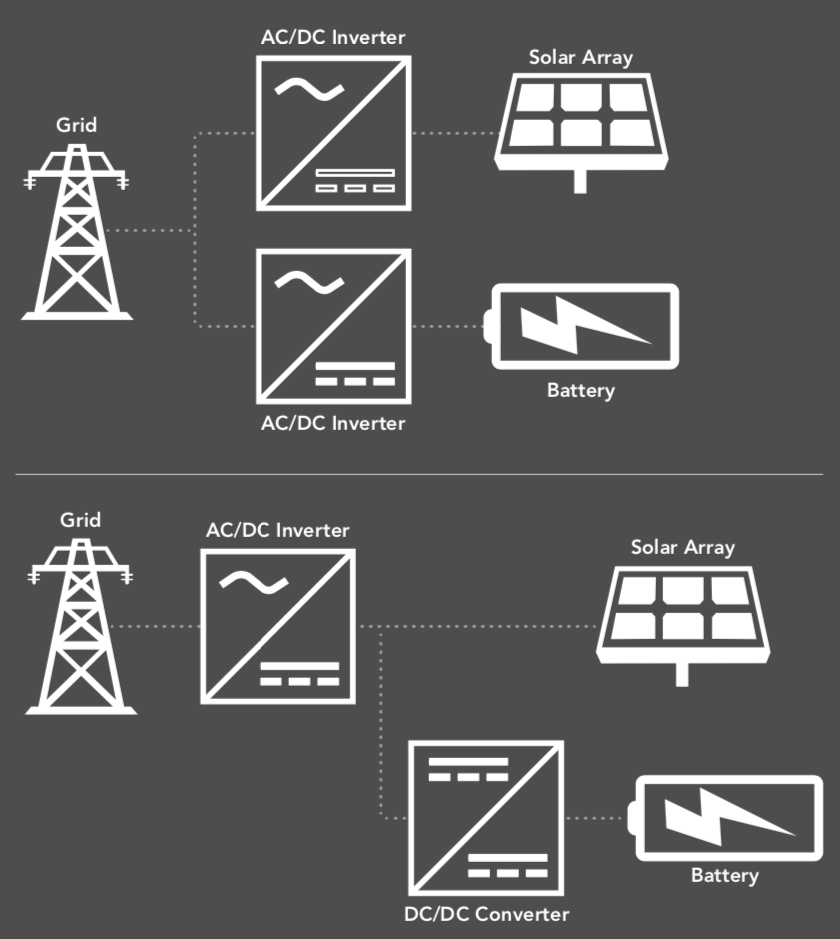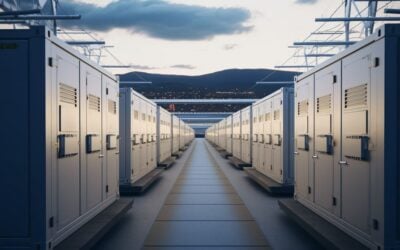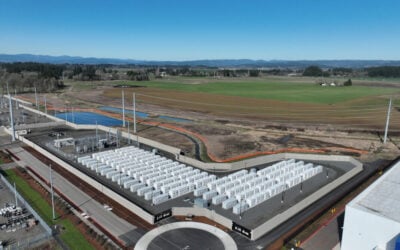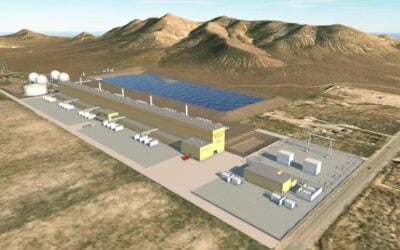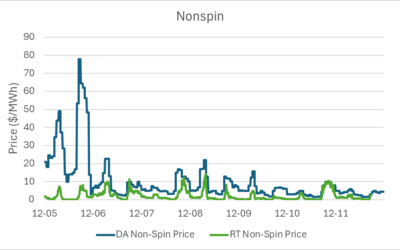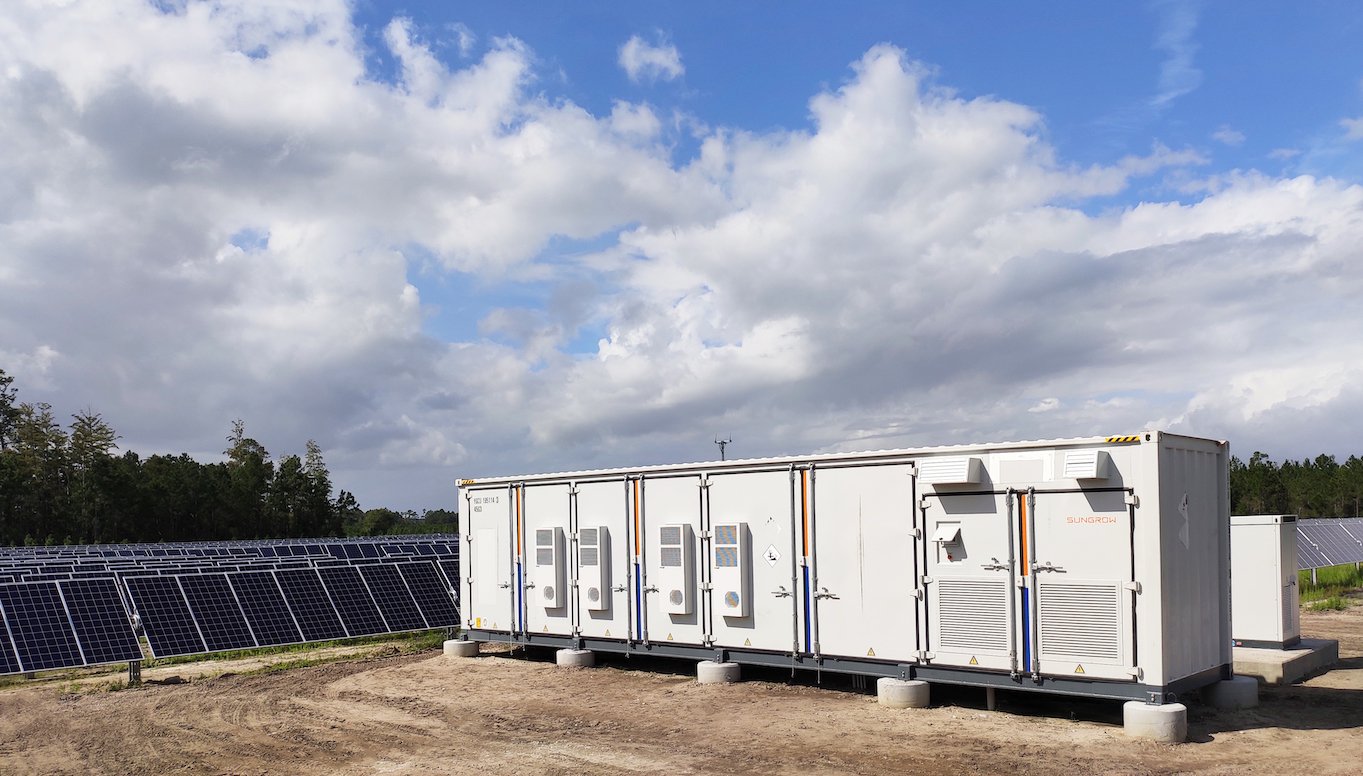
Update: 22 November 2019 Sungrow confirmed to Energy-Storage.news today that the ESS solution was supplied by Sungrow Samsung SDI, the joint venture (JV) created by the two companies. As detailed in the story below, while it includes a diverse range of other equipment and components, Samsung SDI is the battery cell provider and it means that the 3834kWh of lithium-ion energy storage is spread across 1,917 battery modules of 2kWh each.
Sungrow has supplied a 1500Vdc, DC-coupled PV-plus-storage system to support SolarSmart, a programme run for customers unable to put solar on their own homes by Florida municipal utility Jacksonville Electric Authority (JEA).
The Chinese solar inverter manufacturer emailed Energy-Storage.news today, explaining that the 9MW/ 3.836MWh ESS is the company’s first high voltage, DC-coupled turnkey ESS solution to be deployed and branded under the company’s product code ST1918KWH-D750HV.
JEA launched SolarSmart as a quick and easy way for customers to go solar, without upfront costs and installation, and by enrolling them they can buy their power from the municipal utility’s solar farms, which continue to multiply. Not only does the Florida municipal utility want to expand its solar generation to 350MW, it is already also offering an incentive programme for home battery storage beginning at US$4,000 per home or business. JEA has around 500,000 electricity customers.
Try Premium for just $1
- Full premium access for the first month at only $1
- Converts to an annual rate after 30 days unless cancelled
- Cancel anytime during the trial period
Premium Benefits
- Expert industry analysis and interviews
- Digital access to PV Tech Power journal
- Exclusive event discounts
Or get the full Premium subscription right away
Or continue reading this article for free
Today in the US, while conversations around the power industry are often dominated by the big regional monopolies or investor-owned utilities, Energy-Storage.news has heard on numerous occasions that municipal utility groups and cooperatives, while smaller players on an individual basis, are often able to more quickly execute on renewable energy initiatives. This has perhaps been most visible in Massachusetts where a recent wave of solar-plus-storage and standalone storage systems have been installed for the so-called co-ops and munis.
Meanwhile, from a technology standpoint, a feature by tech journalist Sara Verbruggen in PV Tech Power Vol.20 (faithfully reproduced on this site here) looked at the coming into market of DC-coupled solutions and the advantages providers are keen to pinpoint for their customers.
In that piece, Sara noted that energy suppliers and developers are turning to DC-coupling their solar-plus-storage to help “push down the overall levelised cost of energy (LCOE) and maximise the amount of megawatt-hours of solar-generated electricity that can be fed into the grid” (see analysis below).
Sungrow today said that for the company the advantages lie in the DC-coupled system typically having lower interconnection costs than an AC-coupled one, relying only on one single point of interconnection to the grid. With energy stored at DC level, Sungrow said, efficiency losses are prevented. Equipment and installation costs were also reduced thanks to the selection of this technology, while system reliability was improved. The Jacksonville site stacks up 2.5MW units of the ST1918KWH-D750HV system and the single-axis solar array is kitted out with Q CELLS PV modules. The lithium-ion battery system also uses Sungrow’s power conversion system (PCS) and the company claimed that by buying an all-in-one solution, the customer has been able to save money over buying equipment from separate providers.
“To date, the challenge for industry has been to find the appropriate power solutions to facilitate DC-coupling on a large scale. With this deployment, we have demonstrated that its unique approach to the DC-coupling of solar-plus-storage is indeed a solution to this challenge,” Sungrow Americas VP Hank Wang said.
Meanwhile, Henry Yun, president at Sungrow’s direct customer and partner on the project, developer 174 Power Global, said that Sungrow was selected not only for its technologies but also for bankability and experience in the field. Our sister site PV Tech reported a while back that while the inverter business remains cut-throat for all parties involved, Sungrow has significantly expaneded its diversified capabilities in both energy storage and separately in project EPC work.
A 25-year power purchase agreement (PPA) was brokered between 174 Power Global and JEA and announced in September for the Imesun Solar Project in Jacksonville, also known as ‘SunPort’ and will be owned and operated by the developer for the term of the PPA.
Quick analysis: DC- versus AC-coupled solar-plus-storage
In AC-coupled solar-plus-storage installations there are two inverters, one for the PV array and another for the battery energy storage system.
With this system configuration, both the battery and solar array can be discharged at maximum power and they can be dispatched independently or together, providing the operator with more flexibility in terms of how they operate and dispatch the asset. Located at the same site the solar array and energy storage facility can either share a single point of interconnection to the grid or have two separate interconnections.
In DC coupling, the co-located solar and energy storage assets share the same interconnection, are connected on the same DC bus and use the same inverter. They are dispatched together as a single facility. DC coupling reduces efficiency losses, which occur when electricity current is converted, such as from DC to AC (Figure 1).
According to Wood Mackenzie analyst Mitalee Gupta: “Hybrid approaches emerged in the past where you would see both PV and batteries connected to the grid via one multiport inverter, a configuration more common in behind-the-meter DC-coupled systems. But one of the disadvantages for the front-of-meter market has been cost of multiport inverters.”
The newer variation of DC architecture that has emerged for front-of-meter solar-storage, which Gupta is referring to, is a DC-DC converter. This piece of hardware is tied to the batteries and connects to the PV inverter along with the PV array, allowing for a single interconnection only.
Sara Verbruggen
Taken from Sara Verbruggen’s feature article: “Go big, go DC”, first published in PV Tech Power vol.20. You can also read it on this site, here.
